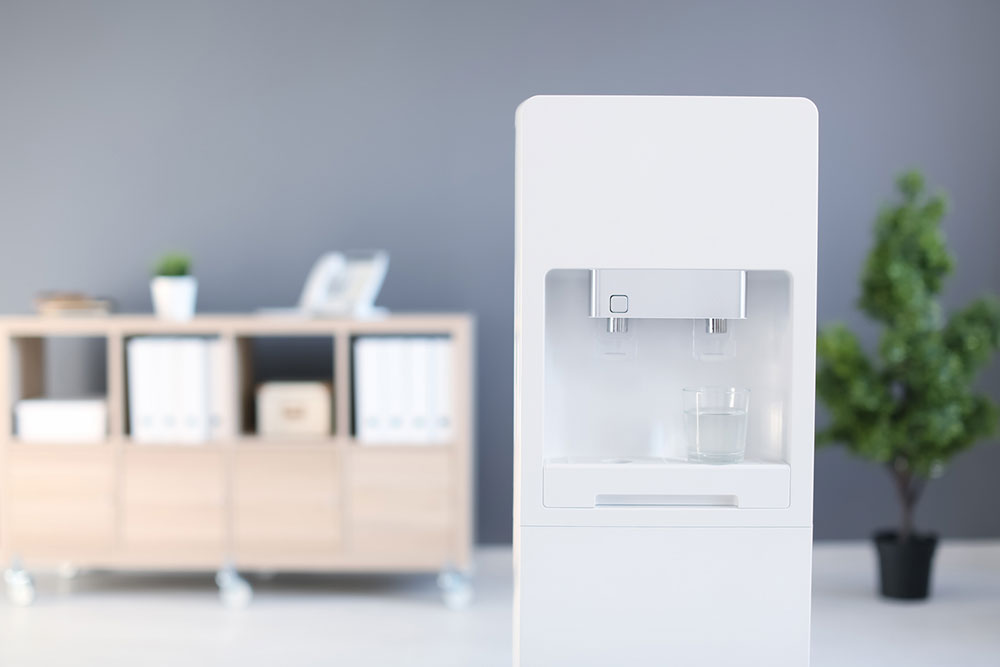Importance and benefits of water purifiers

The importance of water in daily life is no secret. From its uses in agriculture and industry to individual sustenance, this resource is a vital source of life. However, most water today is deemed unsanitary or unfit for human consumption. Drinking this could increase the risk of diseases and infections. So, what’s the solution? The answer is simple: water purifiers. Read on to learn more about the benefits of these modern devices.
Importance of water purifiers
There is a growing global scarcity of clean and safe drinking water. Because of this, the shortage of potable water is not an issue limited to third-world countries. Water purifiers can help overcome this problem to a certain extent by doing the following:
1. Adding an extra layer of security
Although water goes through municipal treatment processes, it could still collect dirt and debris from pollution, outdated pipes, heavy rainfall, or even residue. Using a water purifier can help add an extra layer of security by filtering any impurities in one’s water.
2. Removing contaminants
Despite water treatment, authorities can’t remove all contaminants from the water. Although they try their best to regulate the levels of lead, pesticides, bacteria, viruses, and other contaminants in water, these could still be dangerous. A water purifier helps mitigate the risk by filtering these contaminants before consumption.
3. P rotecting health
Drinking clean and purified water also reduces the risk of contracting water-borne diseases such as dysentery and cholera. Generally, a reverse osmosis water purifier (RO) is ideal for removing most bacteria and viruses that could cause infections. This process also removes chemical contaminants such as sodium, chloride, copper, and lead.
4. Reducing plastic waste
Many people buy bottled water to ensure they consume safe drinking water. Although this is convenient and portable, it significantly adds to the amount of waste generated annually. In addition to the end product being discarded after a single use, a lot of resources are also spent on the manufacturing and transporting of these plastic bottles. This adds undue pressure on the environment. Switching to water purifiers can help reduce this reliance on bottled water.
5. Improving the taste and smell of water
Tap water is stored in underground tanks and flows through lead pipes. This could lend an unpleasant taste and smell to the water. Removing contaminants like chlorine, soil residue, and bacteria in the purification process helps improve the taste, smell, and visual appearance of drinking water.
Benefits of using water purifiers
As discussed above, water purifiers are extremely important. Here are some ways in which they may directly benefit people:
1. Is convenient
One of the major selling points of a water purification system is how convenient it is. Once installed at home, it requires minimal maintenance and gives one access to clean drinking water throughout the day. This eliminates the need to shop for regular consumption of bottles or cans of water. Moreover, there’s no fear of running out of clean drinking water!
2. Is cost-effective
One of the major arguments against water purifiers is their associated costs. While they may be an expense upfront, they are more economical (in comparison to bottled water). It is a good idea to research devices from multiple brands to find one that works well within one’s budget.
3. Improves skin
The purification process removes many impurities from one’s water. This water contains fewer irritants, promoting better skin texture and reducing the risk of acne and breakouts.
4. Enhances health
Filtered or purified water also contains fewer bacteria and viruses, reducing the risk of infections and diseases like cancer. They also remove chemicals from the water, such as chlorine and lead, which can be toxic.
Many experts also recommend that pregnant women drink filtered water, as this removes pollutants that may interfere with the baby’s growth.
5. Helps make better food
The contaminants in tap water could lend an unpleasant taste to one’s food. However, switching to purified water to clean and cook one’s food can help one preserve the natural taste of the ingredients, resulting in better-tasting and healthier food.
6. Is adaptive to one’s needs
Lastly, water purifiers can be highly adaptable to one’s needs. Many of these devices today come with TDS controllers at various frequencies, so one can customize their water according to their needs. Those who enjoy the presence of minerals in their water can also get a mineral cartridge add-on.
This can be extremely beneficial to those with allergies, as they may want to take extra precautions to ensure food and water safety. Access to clean drinking water is a necessity, not a privilege. Not only does it help ensure better health, but it also reduces the risk of several bacterial and viral infections.
With water purification devices, every household can remove impurities from their drinking water and make way for better skin and health. Depending on one’s needs, there are several water purifiers: reverse osmosis (RO), activated carbon filtration, and ultraviolet (UV) disinfection. While each of these has a distinct working mechanism, their end goal is the same: to remove contamination and impurities from water to make it safe to drink.





